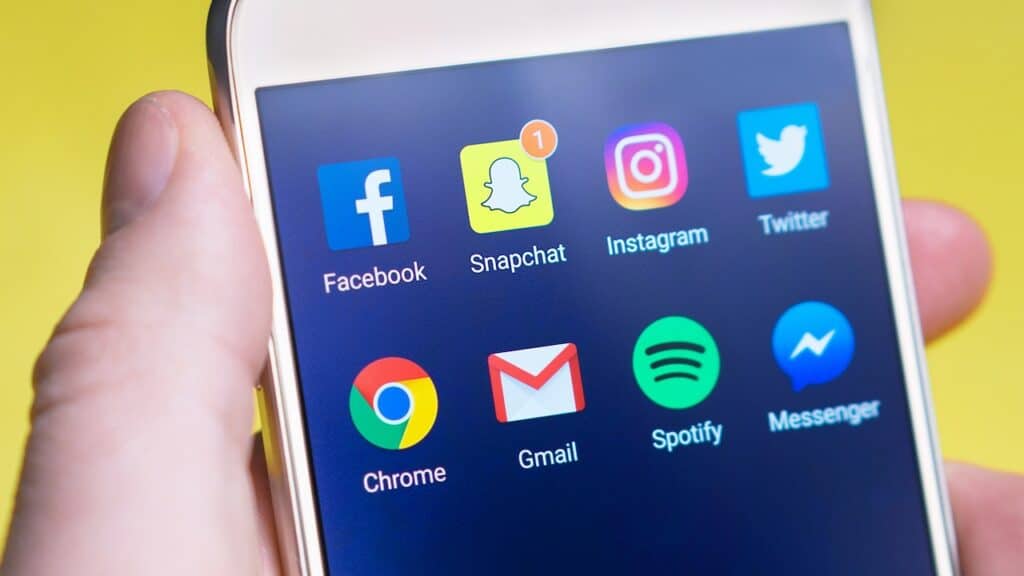
Social media use among young people is nearly universal: up to 95 percent of teens, and even 40 percent of children ages 8 to 12, use social media. However, the federal government is concerned about the impact of social media on the mental health of children and teens, as there is insufficient evidence to determine whether social media use is safe enough for them.
This was stated in the 2023 report of the Office of the U.S. Surgeon General, Dr. Vivek Murthy, where he acknowledged that there is little information on the impact of social media on mental health, especially during adolescence, a highly vulnerable period for brain development.
However, she stressed that social media has both positive and negative effects on children and adolescents.
In this regard, she noted that social media affects children and adolescents in different ways depending on their individual strengths and vulnerabilities, as well as cultural, historical and socioeconomic factors.
The office belonging to US Department of Health and Human Services, noted that social media can be beneficial for some children, for example, by serving as a source of connection for often marginalized youth, such as the LGBTQ+ community and people with disabilities, by offering positive or identity-affirming content, by creating a space for self-expression, and by helping youth feel accepted.
